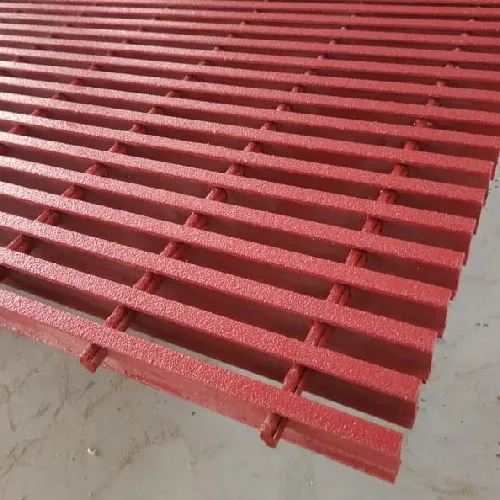loading...
- No. 9, Xingyuan South Street, Dongwaihuan Road, Zaoqiang County, Hengshui, Hebei, China
- admin@zjcomposites.com
- +86 15097380338
- Welcome to visit our website!
frp guardrail
Frp Guardrail Ensuring Safety and Efficiency in Infrastructure
In the realm of modern infrastructure, safety and efficiency are paramount. One innovative solution gaining traction in various sectors is the use of Fiber Reinforced Polymer (FRP) guardrails. These guardrails provide a combination of strength, durability, and lightweight properties that make them an ideal choice for highways, bridges, and industrial applications.
The Composition and Benefits of FRP Guardrails
FRP is composed of a polymer matrix reinforced with fibers, usually glass or carbon. This unique composition gives FRP guardrails several advantages over traditional materials like steel and concrete. Firstly, they are significantly lighter, making them easier to handle and install. Contractors can transport and position them with minimal machinery, reducing labor costs and installation time.
Moreover, FRP guardrails exhibit superior corrosion resistance. Unlike steel, which can rust over time, or concrete, which may wear down under harsh conditions, FRP maintains its integrity in diverse environments, including extreme temperatures and marine settings. This resilience translates into lower maintenance costs and longer service life, appealing to budget-conscious governments and private developers.
Performance in Safety Standards
Safety is a critical consideration in the design of any guardrail system. FRP guardrails have been rigorously tested to meet or exceed safety standards set by various transportation authorities. They are designed to absorb impact effectively, thereby minimizing damage to vehicles and reducing injury risk to occupants during accidents. Their ability to maintain structural integrity under stress is crucial in high-traffic areas where the likelihood of collisions is higher.
Furthermore, FRP guardrails can be customized to be more visible, featuring bright colors and reflective materials that enhance visibility in low-light conditions. This attribute is especially valuable for roadside applications, where clear warnings are essential for driver safety.
frp guardrail

Environmental Considerations
As society increasingly prioritizes sustainability, FRP guardrails offer an eco-friendly alternative. The manufacturing process of FRP can be less resource-intensive compared to traditional guardrail materials, contributing to a lower carbon footprint. Additionally, FRP materials can be designed to be recyclable, further aligning with global efforts to reduce waste and promote circular economies.
Applications Across Industries
The versatility of FRP guardrails extends beyond highway applications. They are finding use in various sectors, including railways, pedestrian pathways, and even offshore platforms. Their lightweight nature and durability make them suitable for diverse applications where traditional materials may prove cumbersome or ineffective.
In the industrial sector, FRP guardrails are employed in factories and warehouses to delineate safe paths and areas, improving workplace safety. Their robust construction ensures that they withstand heavy-duty use, protecting both equipment and personnel.
Conclusion
In conclusion, FRP guardrails represent a significant advancement in safety and efficiency for infrastructure projects. Their lightweight, durable, and corrosion-resistant properties make them an attractive choice over traditional materials. By enhancing safety standards and promoting sustainability, FRP guardrails are poised to play a critical role in the future of construction and engineering. As the demand for safer and more efficient infrastructure continues to grow, FRP technology will undoubtedly be at the forefront of these developments, ensuring that built environments are both secure and sustainable for generations to come.
-
Transform Your Spaces with FRP Grating SolutionsNewsNov.04,2024
-
The Versatility and Strength of FRP RodsNewsNov.04,2024
-
The Excellence of Fiberglass Water TanksNewsNov.04,2024
-
The Benefits of FRP Grating for Your ProjectsNewsNov.04,2024
-
Elevate Your Efficiency with FRP Pressure VesselsNewsNov.04,2024
-
Welcome to the World of FRP Pressure VesselsNewsOct.12,2024
-
Unveiling the Future of Filtration: Why FRP Filter Vessels are a Game ChangerNewsOct.12,2024
